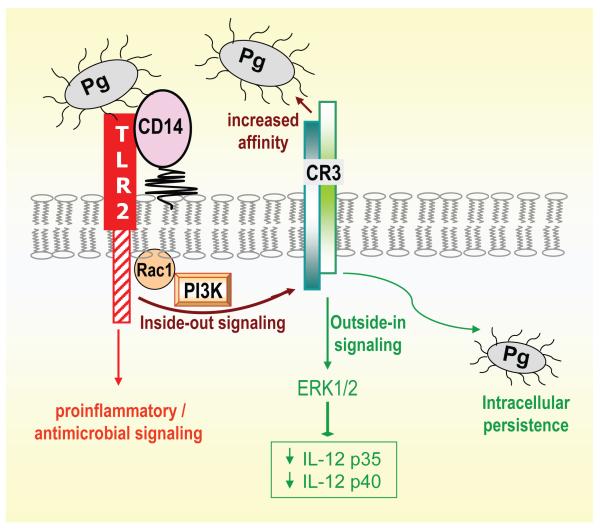Fig. 1. P. gingivalis exploits TLR2 inside-out signalling to subvert innate immunity.
P. gingivalis activates the high-affinity conformation of CR3 through TLR2 inside-out signalling involving Rac1 and phosphatidylinositol 3-kinase (PI3K) (92, 93). CD14 participates in the pathway as a coreceptor for efficient P. gingivalis-induced TLR2 stimulation, which in parallel activates a distinct nuclear factor-κB-dependent pro-inflammatory/antimicrobial pathway (82, 86). Intriguingly, P. gingivalis can interact with activated CR3 leading to its internalization and outside-in signalling, which via extracellular signal-related kinase 1/2 (ERK1/2) downregulates IL-12 p35 and p40 mRNA expression. This in turn inhibits production of bioactive IL-12 and undermines IL-12-mediated immune clearance of the pathogen (84, 235). Blocking TLR2 would counteract this immune evasion strategy but may also suppress protective nuclear factor-κB-dependent antimicrobial responses. On the other hand, inhibitors of signalling intermediates of the inside-out pathway or antagonists of CR3 may selectively target this immune evasion mechanism. The latter approach (CR3 antagonism) was successfully tested in the mouse periodontitis model (84).

